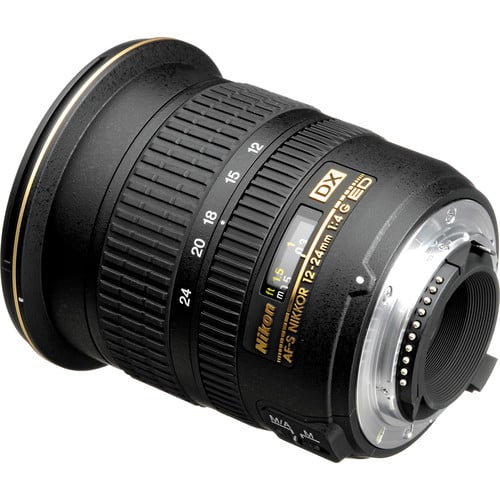

set a 70-200mm zoom at 200mm and leave it there). These work best with fixed focal length lenses as zooming and focusing are impacted by the amount of extension tube you add so it can get confusing to use these with zoom lenses unless you resist the temptation to zoom and use the zoom like a fixed lens (e.g.

You place this between your camera body and lens and it allows the lens to focus much closer than normal so you can get closer to your subjects and achieve greater magnification. It looks a bit like a teleconverter but there's no glass lens elements in it, it's just a hollow tube. An extension tube is just a hollow metal tube with the right lens mounts and electrical contacts to support your brand of camera/lens.
#Beginning nikon macro lens full
These can be a good and cost effective way to explore macro photography and may help you decide if you want to invest in a full fledged macro lens. There are also some good ways to achieve macro level photography with lenses you may already own which include extension tubes and close up diopters (aka close up filters). Remember the 105mm AF-S micro lens takes a 1.4x teleconverter well getting you pretty close to 150mm which is very workable for a lot of living macro subjects. The 105mm class macro (micro) lenses aren't bad for live macro work but if you can find something in the 150mm to 200mm range it's a better choice if skittish live subjects are your main photographic goal. IOW, a subject the same size as your camera's sensor will fill the sensor at the closest focusing distance. around 20 inches for the 200mm f/4 D Micro lens) which will give you 1:1 magnification.

With a true macro lens (which Nikon calls Micro lenses) the close focusing distance is much shorter (e.g. So you'd be able to get frame filling images of subjects roughly 8 times the size of your camera's sensor assuming you can get that close to them. With a normal 200mm lens you might be able to focus as close as 4.5 feet or so which would allow you to get a macro magnification of about 0.12X meaning an object roughly 8 times the size of your camera's sensor would fill that sensor at the close focus distance. There are many others I haven't had the opportunity to shoot with but look for something at least 90mm long with 200mm or thereabouts being ideal for live macro work.Ĭlick to expand.The close focus distance. Nikon 200mm f/4 micro lens (pricey and a bit dated but a superb lens for live macro work) Older Nikon 105mm Micro (non AF-S but a great lens) Nikon 105mm AF-S Micro (takes a TC-14 II or TC-14 III really well to give you an effective 147mm macro lens) Some I'd recommend for nature macro work: There are some very good third party macro lenses to fit Nikon bodies like the 150mm HSM macro lens by Tamron.
#Beginning nikon macro lens series
you won't do automated focus stacking in supporting cameras like the D850 or Z series cameras) and you can find one the Nikkor 200mm AF-D micro lens is an amazing piece of glass but it's not cheap and as implied isn't a modern AF-S lens. The holy grail for wildlife macro shooters is something in the 200mm range as you get very good working distance and the longer focal length can make background control a bit easier than wider focal length lenses. That makes them all but useless for live macro subjects like insects but even makes static macro shots tough from a lighting standpoint as the lens is so close it can cast shadows from natural light or even from flash lighting right onto your subject. There's some good deals on 40mm (DX only but would work with your D500) and 60mm macro lenses from Nikon but the working distance (distance from front of lens to subject at 1:1 magnification) is very short on those lenses. I'd recommend something in the 100mm focal length range or longer.


 0 kommentar(er)
0 kommentar(er)
